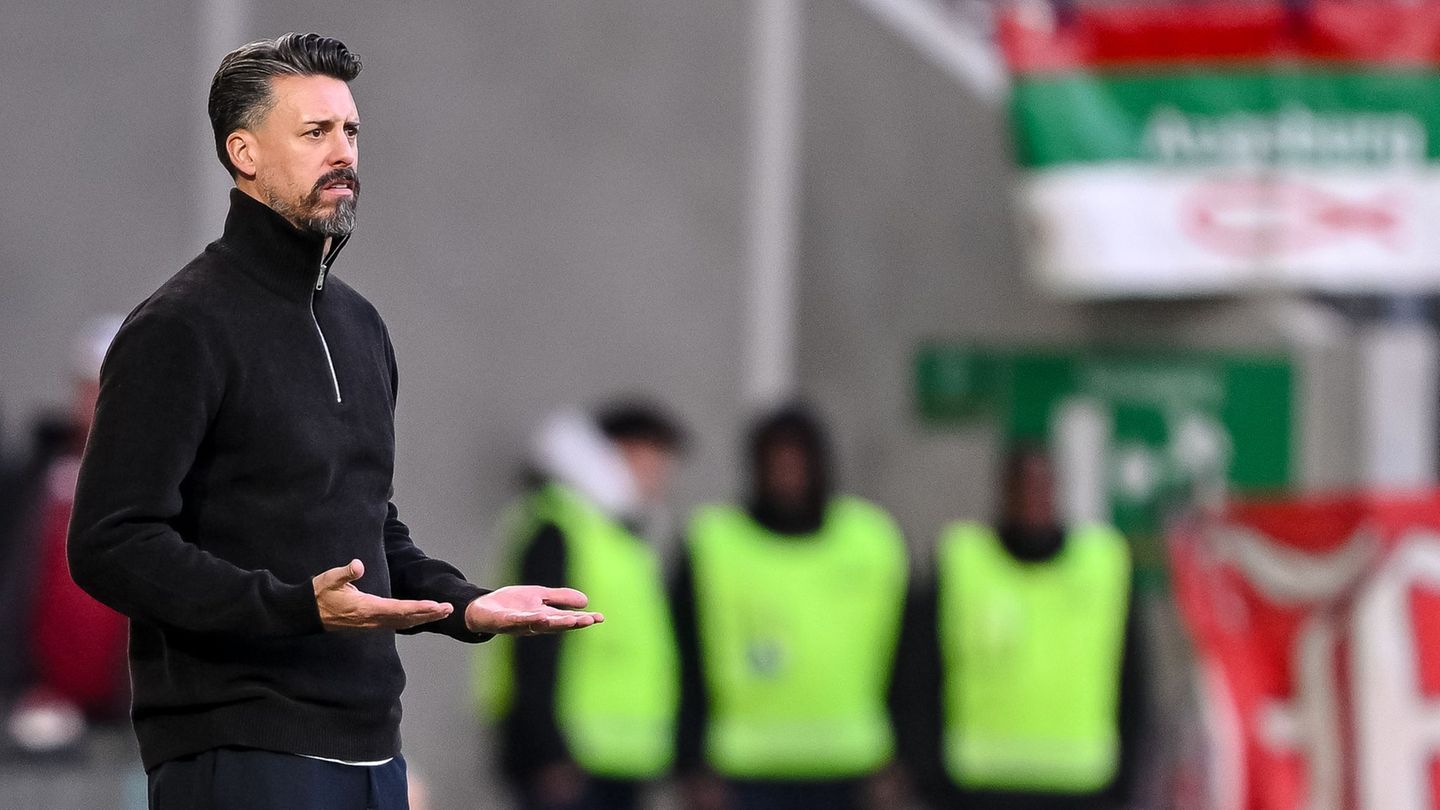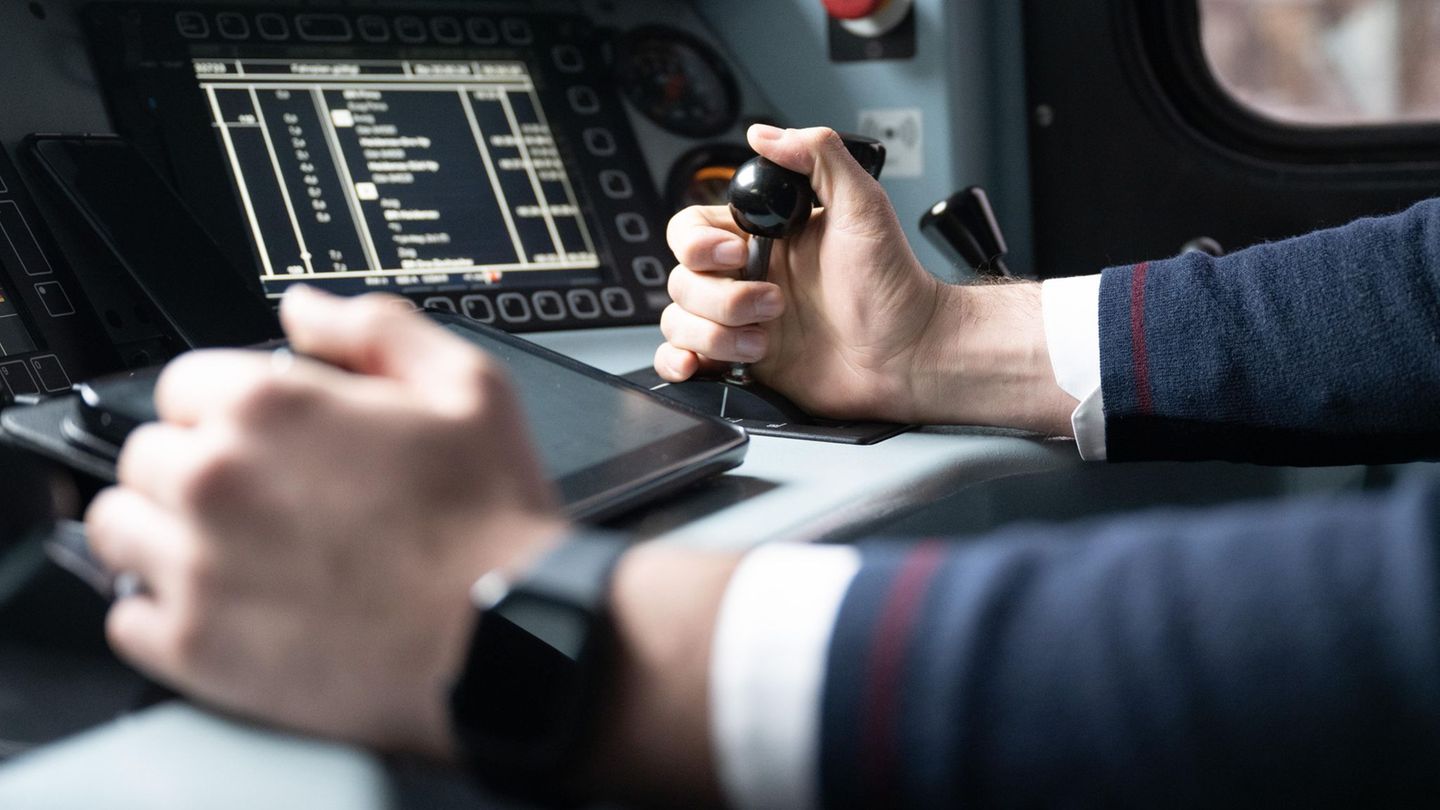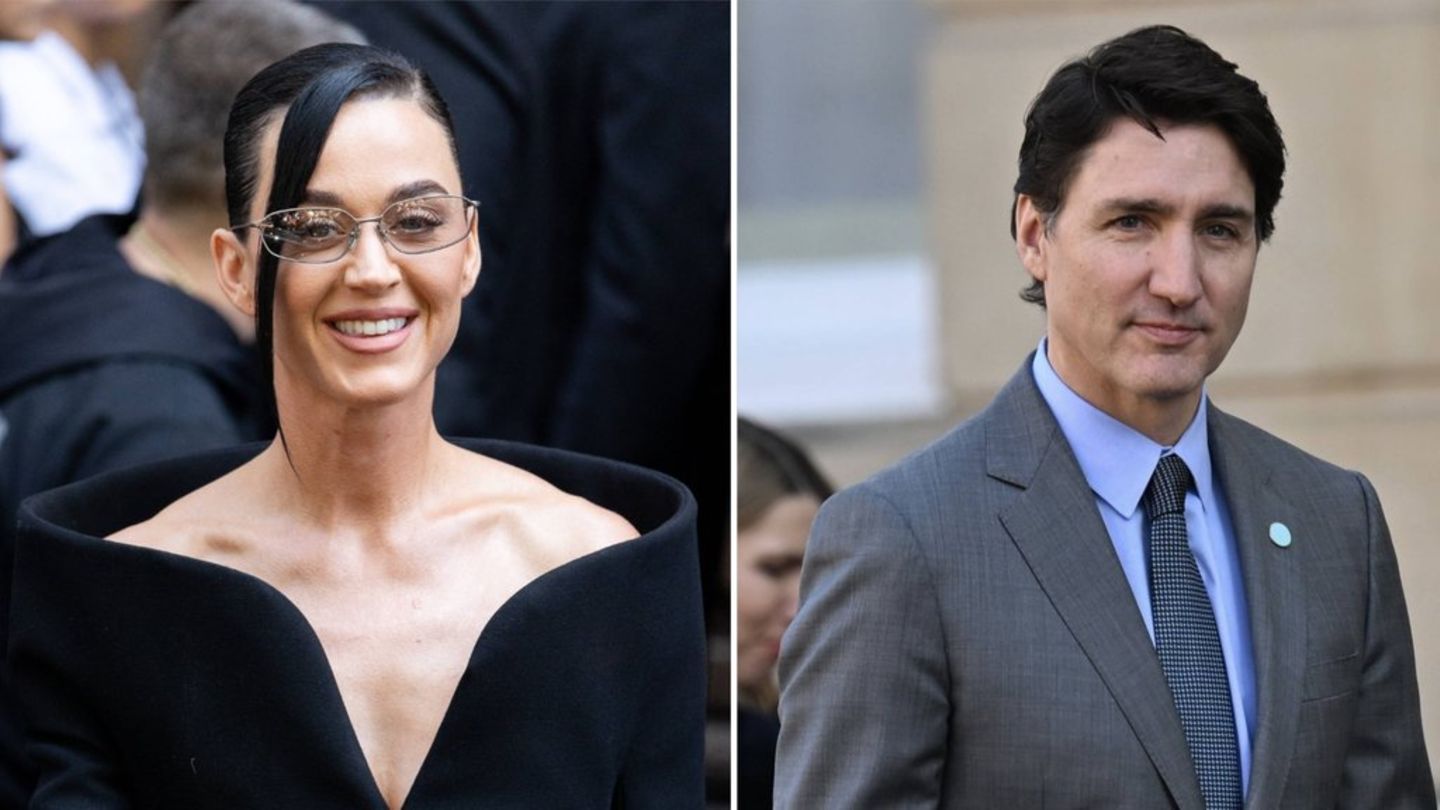
Who will look at this large stamp size? “, Said Julius Raab at the start of the television. The then Chancellor and ÖVP party chairman from the new medium was not particularly convinced throughout his life.” Manderl-Radio “he mentioned the television. In fact, it is difficult to imagine in the 1950s the importance of the new medium.
- Read too: “Coolcation”: When Norwegians become a photo free game
After all, there is no complete broadcast network, and television devices cost almost as much as a car. Therefore, many do without the flicker box in favor of a mobile pedestal. Concepts for shipment formats are also not available. The television pioneers adapt quiz or cabaret programs with stars such as Karl Farkas or Heinz Conrads, which are already known on the radio. Television broadcasts the reopening of the Burgtheater and the State Opera in autumn 1955 with great effort. They are intended to help restore Austria’s reputation as a cultural nation after the Second World War.
TV memories
Born in Wels Günter Tolar, with quiz programs such as “Who lies three times” or “Made in Austria”, he became a television presenter himself from the 1970s, has his first television experience in the Sacher Stüberl in his new home. There he is eagerly watching the reopening of the Vienna Opera. Ludwig van Beethoven’s “Fidelio” is played. As a child, he was a opera lover, says Tolar, but also liked sports broadcasts. “Everyone wanted to see Toni Sailer at the Olympic Winter Games in Cortina d’Ampezzo in 1956. Experience sporting events in the inn together was like a public viewing. Winning Austrians such as Toni Sailer, later Franz Klammer or Hans Krankl’s goals against Germany at the World Cup in Cordoba increased the national pride.” The sales of television devices have increased around large sporting events. At the time of the 1958 Ski World Cup, 35,000 television devices are sold.

However, Wolfgang Böck still has to wait for television in his own four walls in those years: his parents only buy an apparatus at the end of the 1960s. Today’s actor, known as a Trautmann in the Kaisermühlen Blues, and current director of the Kobersdorf Castle Games. In the Keferfeld settlement in Linz, where it grows up, there were only a few television apparatus in the 1950s, Böck recalls: “Then we children were able to see Lassie, Fury or the Kasperltheater together on Wednesday.” The parents celebrate Saturday’s television evenings. They have become neighborhood festivals, said Böck. “When Hans Joachim Kulenkampfs Show ‘will win’ or an episode of the ‘steel network’ crime series, they brought bread and wine with them.”
Milestones and first scandals
Television is becoming increasingly popular, and with the one-person piece “Der Mr. Karl”, played by Helmut Qual-Tinger in 1961, the first television scandal is already developing. Mr. Karl is a small employee who tells his opportunistic life story. The reaction of a large part of the audience that probably finds itself in the main character is violent. In some newspapers, the authors Carl Merz and Helmut Qualtinger are even spoken to murder threats. The medium of television polarizes: while some feel entertained, my critic that children are mass -hypnotized by television. In addition, housewives would be disturbed during their work and family life would endanger.
The first news program of Austrian television is called “picture of the day”, from December 1955 “time in the picture”. Due to the still lengthy production at the time, the news is not updated in the first few years of television. In addition, the proportion at that time prevents independent domestic reporting. The government parties ÖVP and SPÖ censor reports, for example. This calls for the young generation of journalists, especially Hugo Portisch, on the plan, which initiates the Broadcasting request for depoliticization of the broadcast in 1964. The ÖVP-Allin government under Federal Chancellor Klaus caused more than 800,000 signatures to implement the required round of fun reform in 1967. Gerd Bacher becomes the new director of general.
With the moon landing in 1969, the television team brings a 28-hour live broadcast. This year, color television will also be introduced, and Hugo Portisch reports as chief commentator and correspondent of various locations all over the world. “Listen to again and look good!” becomes Portisch’s legendary farewell if he comments on the events around the Prague Spring or the student revolts in Paris, the media historian Karin Moser writes in her book “I who ‘Narrisch. The best Sager and her stories”, published by Edition a.
New formats, new scandals
From 1970 the Kreisky era will initiate a comprehensive reform program. With Annemarie Berté, a news moderator can also be seen on the screen for the first time. New reportage formats such as “Panorama” focus on social and social diversity. The investigative magazines “telephoto lens” and “horizons” cover grievances and rely on socially critical approaches. The new ZIB 2 mainly brings background information to the daily issues. In the new talk format “Club 2”, representatives of different social groups discuss with each other-not always free of conflicts and without risk for the moderator. When Nina Hagen suggests in front of the camera how women can come to orgasm and moderator Dieter Seefranz does not intervene, he is discontinued as a club 2 moderator. Likewise, evening shows like “Wish you what” with provocative games are causing a stir. In one edition, a car with occupants is sunk in a deep water basin, and a person cannot free itself for a long time. After this incident, the curtain for this show falls. In the mid -1970s, resentment also spread against new series formats such as “Kottan determined”. Here, police officers, but also federal army workers, are satirized, which arouses minds. There is even a parliamentary request to the Interior Minister whether you can present civil servants in film and television at all. Experiments also arise when the series “A real Viennese does not go under” for the first time a working -class family is put in the center of a series with Karl Merkatz in the leading role. Together with his parents and siblings, he looked at this series, remembers film journalist Bert Rebhandl from Kirchdorf an der Krems, who decades later in Czernin Verlag the book “A real Viennese does not go under-family Sackbauer and Austria’s departure in modernity”. “With the Sackbauers, a Viennese family has been presented on how it was no longer found on television before and after. No perfect world was presented here,” explains Rebhandl. Above all, the roe tone and the wide dialect have become the chimney apple.
In the 1970s, ORF contributed more to historical and political education. TV games such as “The Jägerstätter case” by Axel Corti from 1971 shed light on the Austrian past. The Alpensaga tells “history from below”, that is, contemporary history from the perspective of “simple people”. With the series “Austria I” and “Austria II”, Hugo Portisch, who has already become popular as a political commentator, becomes a history teacher of the nation in the 1980s.
This decade, television in Austria gets competition from cable television. The ORF under general director Teddy Podgorski (1986–1990) reacts on a private broadcaster with the frequently required regionalization of the program. From 1988 each federal state received its own news program. Minority programs such as “home, foreign homeland” are also broadcast for the first time.
Last but not least, the video recorder becomes a competition. The Linz cabaret artist Angelika Niedetzky is happy to remember the time when she was able to see cabaret programs of her role models and today’s colleagues Alfred Dorfer, Roland Düringer and Andreas VitaSek on VHS cassette for the first time. “It was the early form of video-on-demand vision, so to speak,” said Niedetzky.
Does television have a future?
Thanks to the new television technology and journalistic methods, television from the 1990s is becoming more and more a live experience, even in war reporting, the ZiB moderator Tarek Leitner, which comes from Linz, recalls. With a friend he wants to make a cozy television evening in January 1991 when ORF is showing how rockets have been struck in Baghdad. “I was sitting in front of the television at the time. The second Gulf War has therefore become the program for our night together.”
It was the beginnings of the so -called embedded journalism, i.e. the controlled, civilian war reporting. Thanks to joint live television experiences, linear television is not endangered even in times of social media and streaming services, the ORF-III-Info-expert Christine Mayer-Bohusch from Ottnang am Hausruck is convinced. She is happy to think of the big Saturday evening shows like “Wetten dass …?” Back that she saw in her family. “Shows and events such as Dancing Stars or the Eurovision Song Contest are the chance of staying relevant for linear television.” Thus, the former invitation of the cabaret legend Karl Farkas-“take a look at it”-will be able to do so for a long time.
Source: Nachrichten




